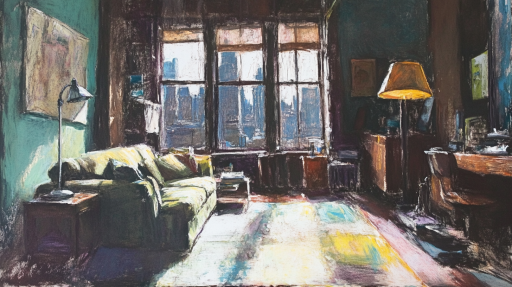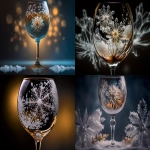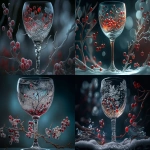Explore the Best AI Image Gallery

AI and the Future of Product Photography
In recent years, artificial intelligence (AI) has made significant inroads into various aspects of the creative industry, revolutionizing processes and expanding the horizons of artistic expression. Among its many applications, AI's potential in product photography cannot be overlooked. This sector, which is essential for marketing and e-commerce, is experiencing a transformation that not only enhances aesthetic quality but also redefines workflows and addresses ethical challenges.
The Impact of AI on Product Photography
Traditionally, product photography has involved meticulous planning, sourcing professional models, scouting locations, and deploying advanced camera techniques. However, AI-driven technologies are changing these norms through the introduction of automation and advanced imaging algorithms. AI tools can now handle image editing, enhancement, and even staging, resulting in time savings and reduced costs.
AI solutions, such as Canva and Adobe, have made it easier for businesses to generate high-quality product images with minimal human intervention. These platforms use machine learning to analyze images and apply filters, backgrounds, and other enhancements that suit the brand's aesthetic. This not only streamlines the workflow but also democratizes the ability to produce captivating visuals.
Potential Uses of AI in Product Photography
The potential uses of AI in product photography extend far beyond mere editing. Here are some fascinating applications:
- Automated Background Removal: AI algorithms can accurately detect and remove backgrounds from images, allowing for clean product-focused shots that are essential for e-commerce sites.
- Virtual Staging: With the help of AI, businesses can create virtual environments that showcase products in their natural habitat, providing customers with a clearer context and driving purchases.
- Style Transfer: AI tools can apply specific visual styles or themes to product images, ensuring consistency across marketing campaigns or aligning with particular consumer trends.
- Personalization: AI can analyze consumer behaviors and preferences, allowing for tailored product photography that resonates with individual shoppers and enhances their overall experience.
Ethical Considerations
As with any technological advancement, the rise of AI in product photography presents ethical considerations that warrant discussion. Notably:
- Authenticity: The use of AI-generated images raises questions about authenticity and trust. Consumers may feel deceived if they discover that a product's visuals were altered significantly compared to its real appearance.
- Job Displacement: Automation threatens to displace traditional photographers and editors, posing challenges for employment in the creative sector. As roles evolve, there may be a need for retraining or a shift in focus towards creative strategy instead of technical execution.
- Bias in AI Algorithms: AI systems can unintentionally propagate biases if not carefully monitored, leading to skewed representations of products that can alienate certain consumer groups.
Future Trends
The future of AI in product photography is bright, with emerging trends that promise to further integrate technology into the creative process. Some anticipated developments include:
- Augmented Reality (AR): The use of AR in product photography will allow consumers to visualize products in their own environments before purchase, enhancing their decision-making process.
- AI-Powered Virtual Models: As technology evolves, the creation of virtual models through AI could become a norm, reducing the need for human models altogether.
- Deep Learning Enhancements: Future algorithms may rely on deep learning techniques to produce images that rival traditional photography, making it difficult for consumers to discern AI-generated visuals from genuine captures.
Conclusion
The integration of AI into product photography is not just a passing trend; it represents a shift towards greater efficiency, creativity, and potential challenges within the creative industry. As businesses adopt AI solutions for product imagery, they will need to navigate ethical considerations while harnessing the technology's full potential. For photographers and creatives, embracing this change could mean capturing remarkable opportunities in an ever-evolving landscape.




